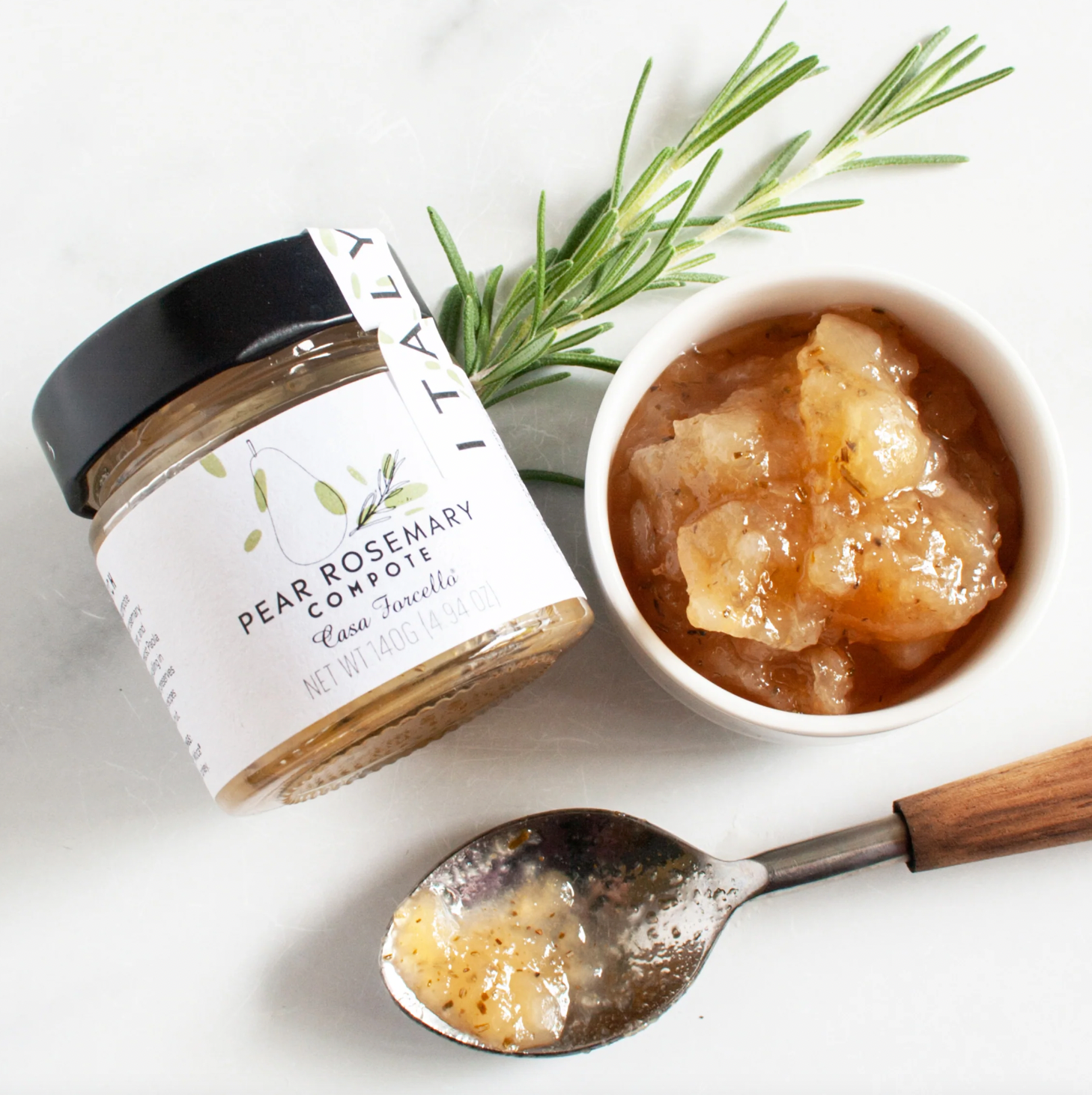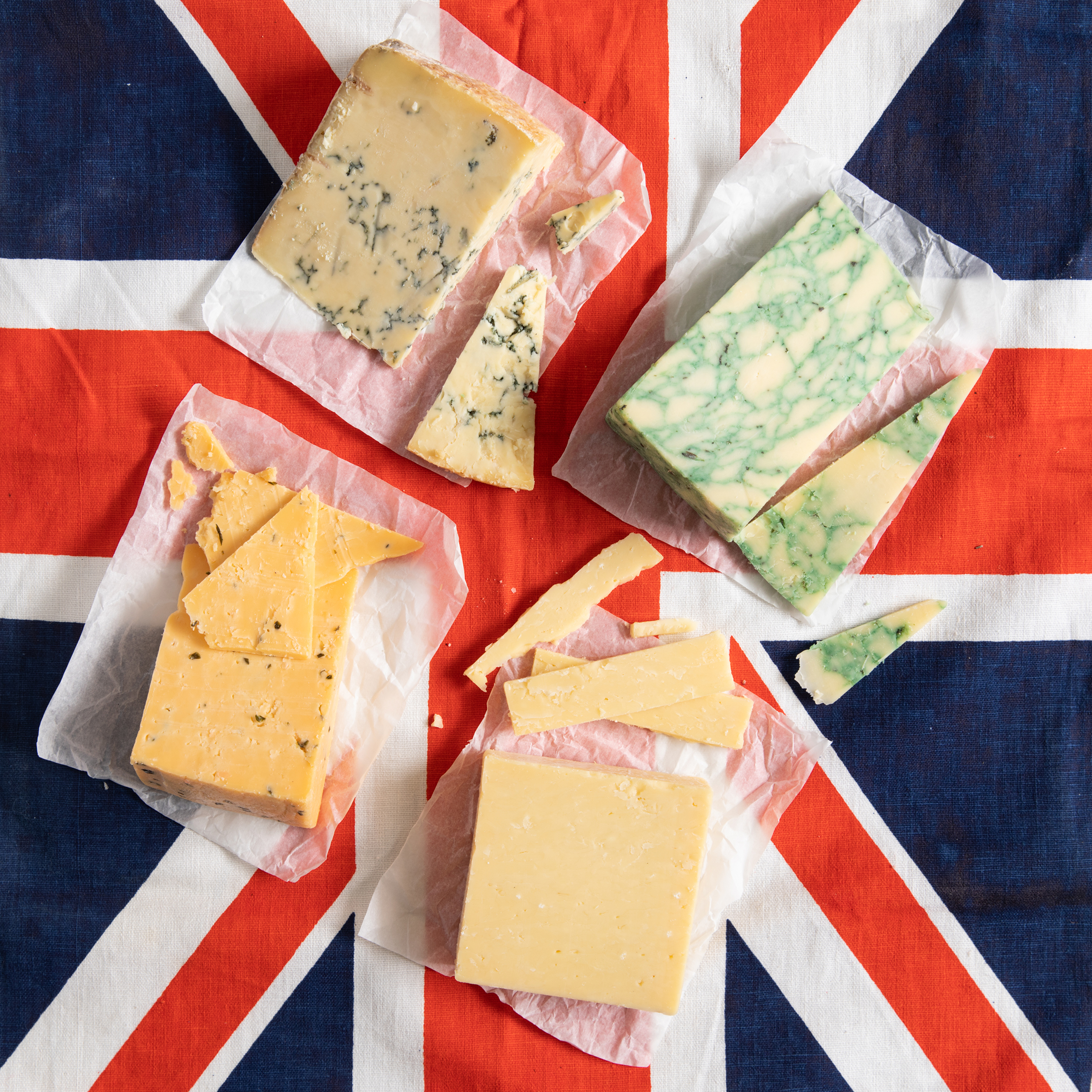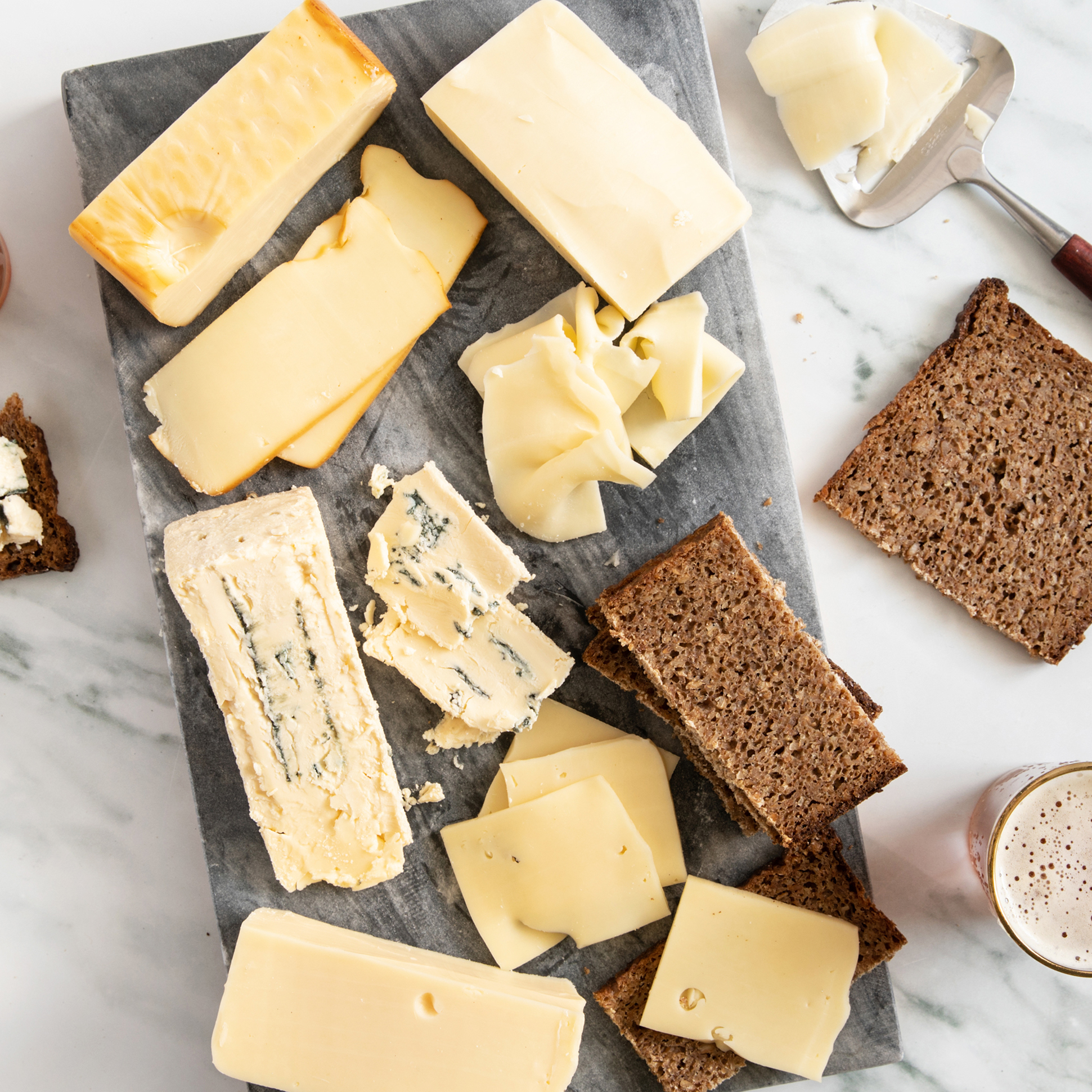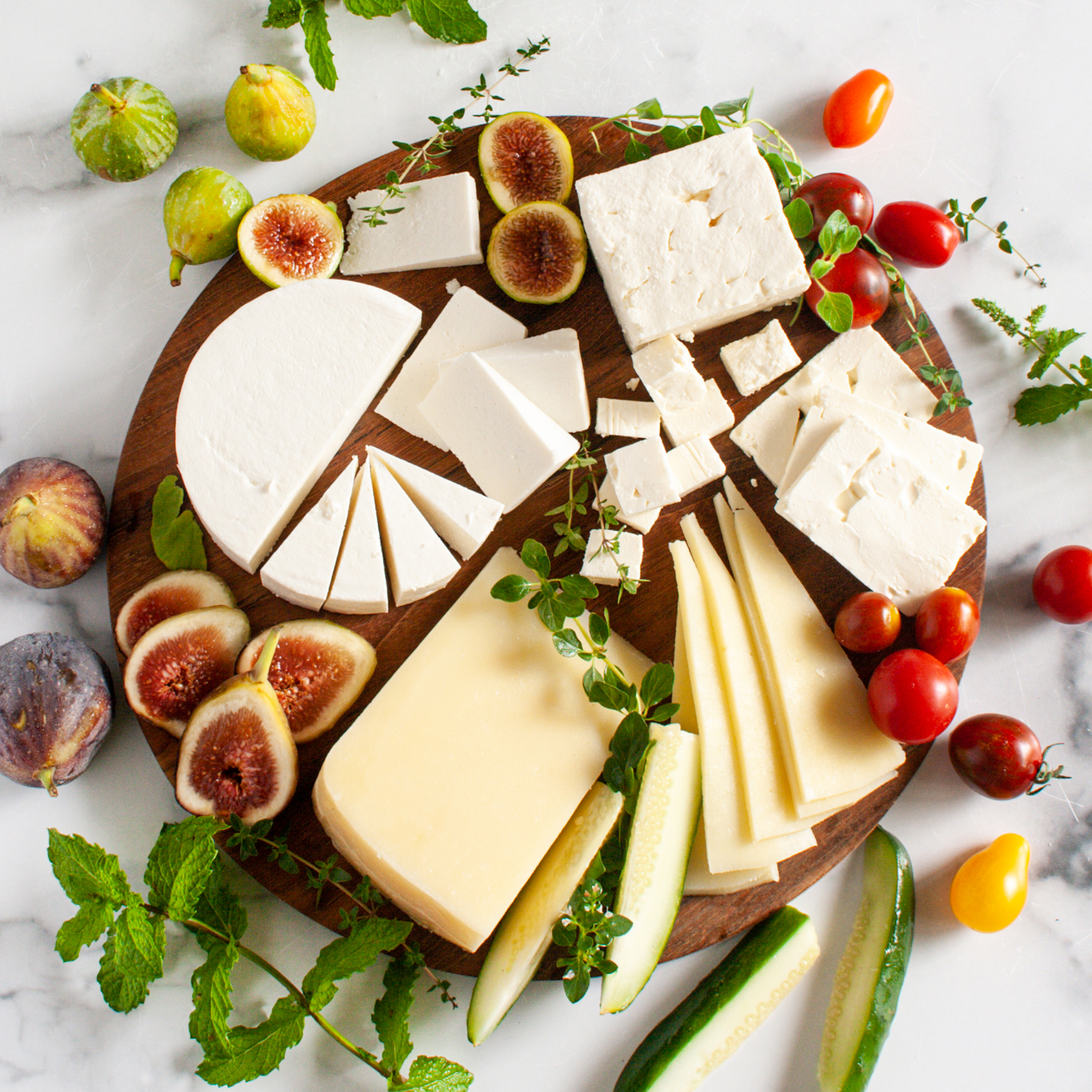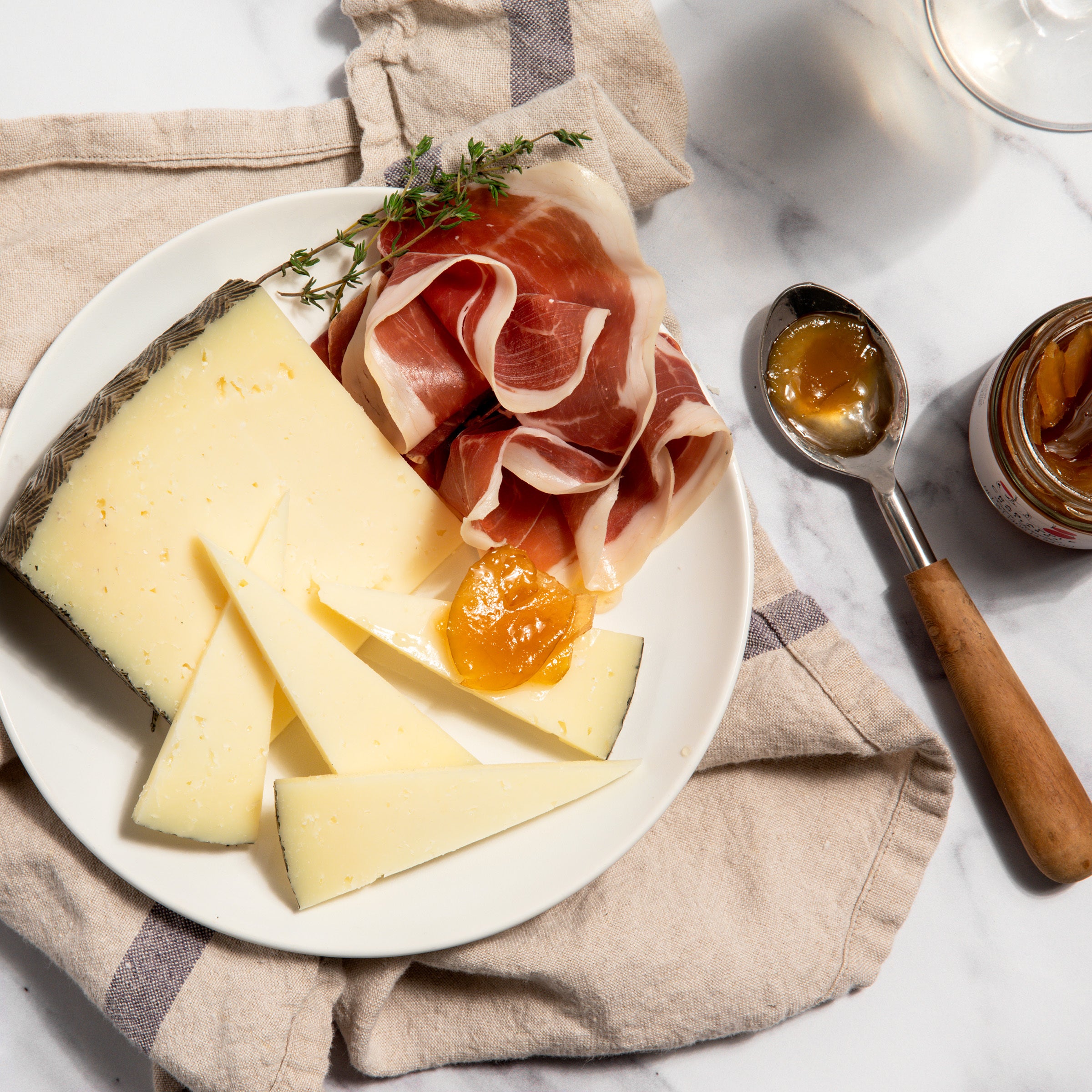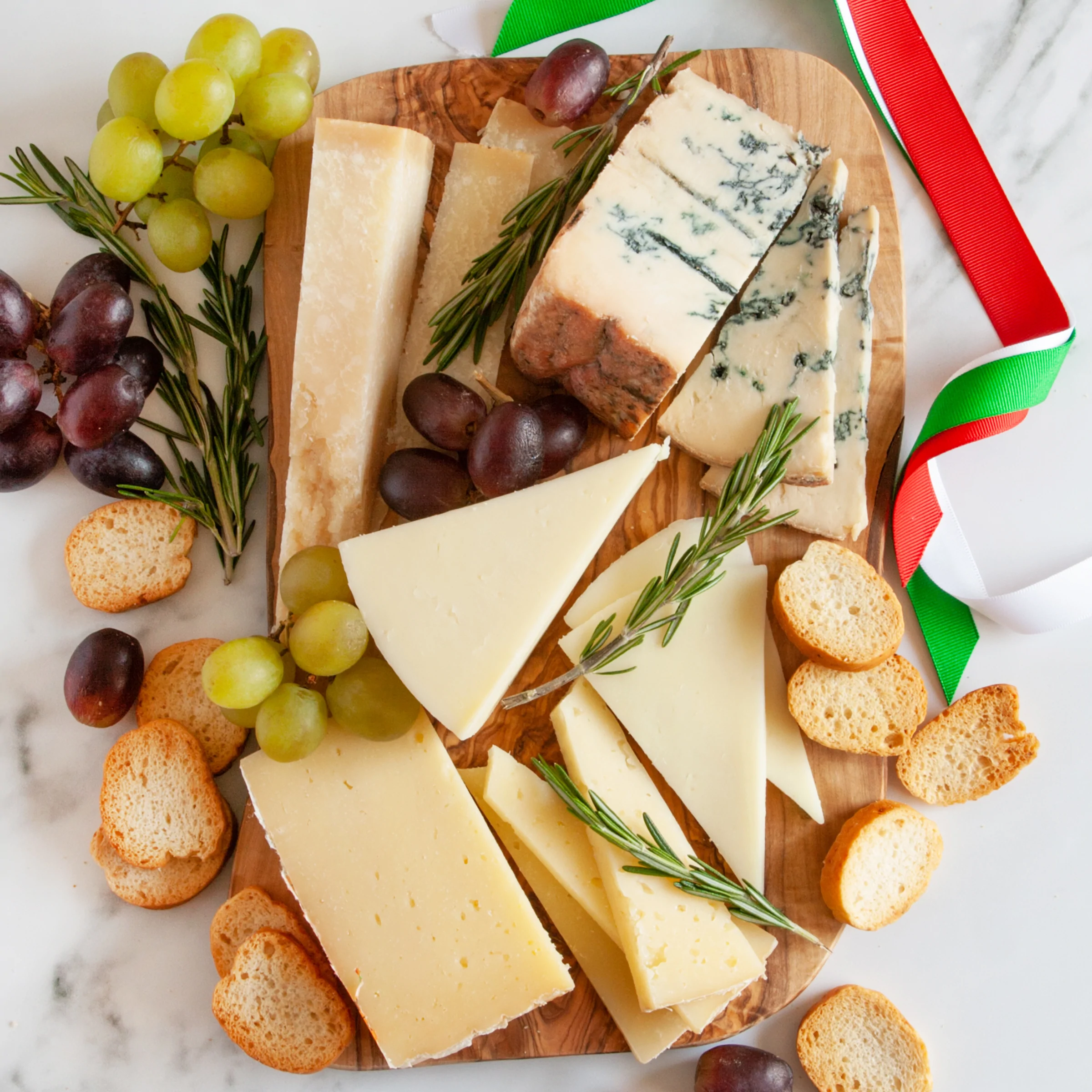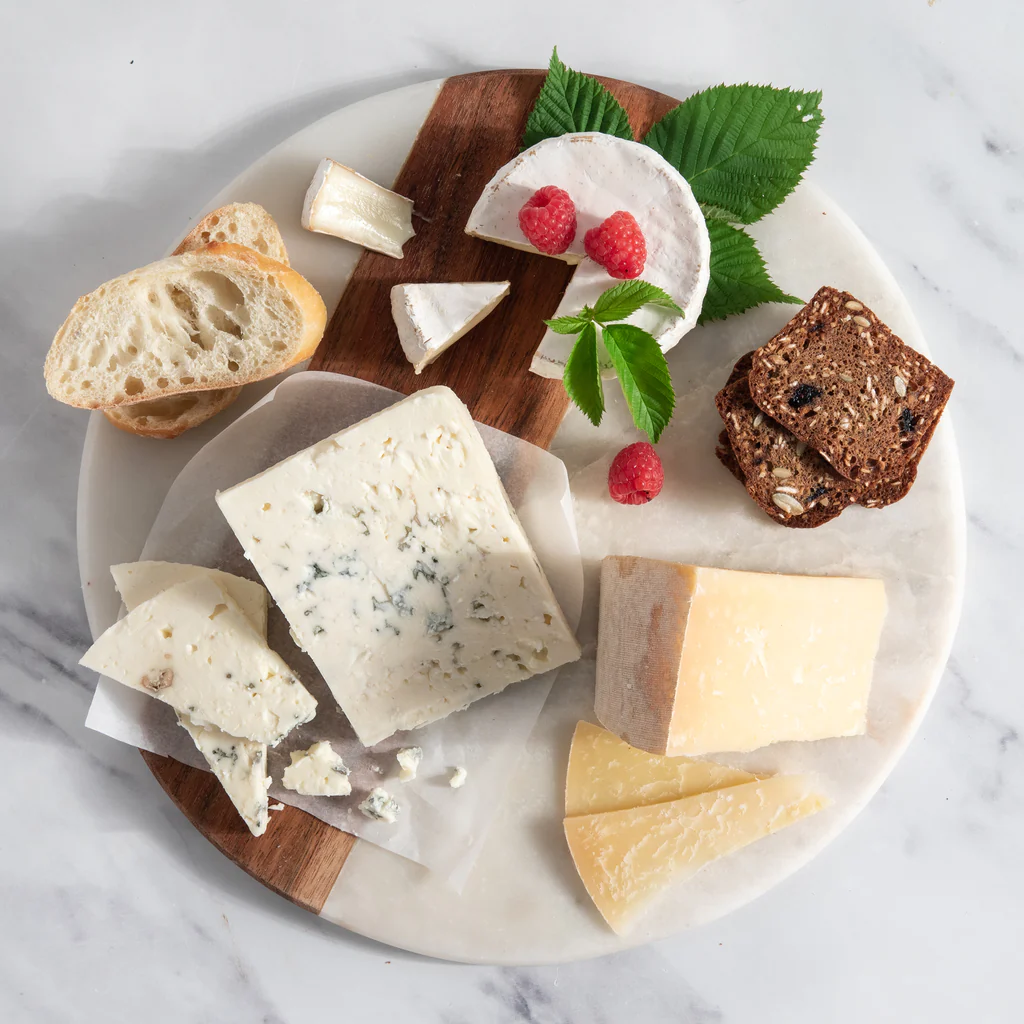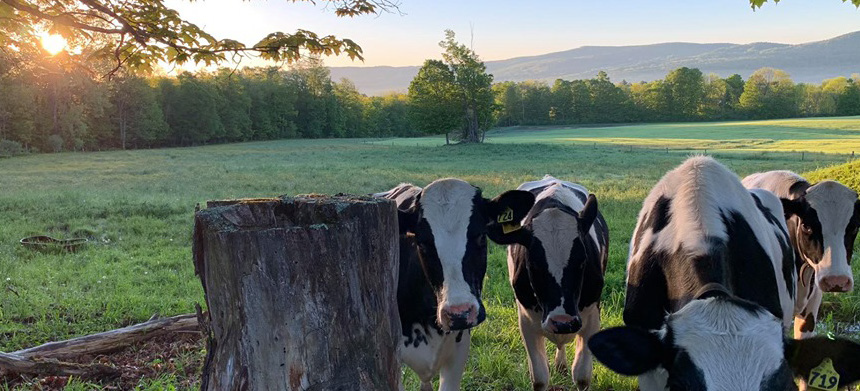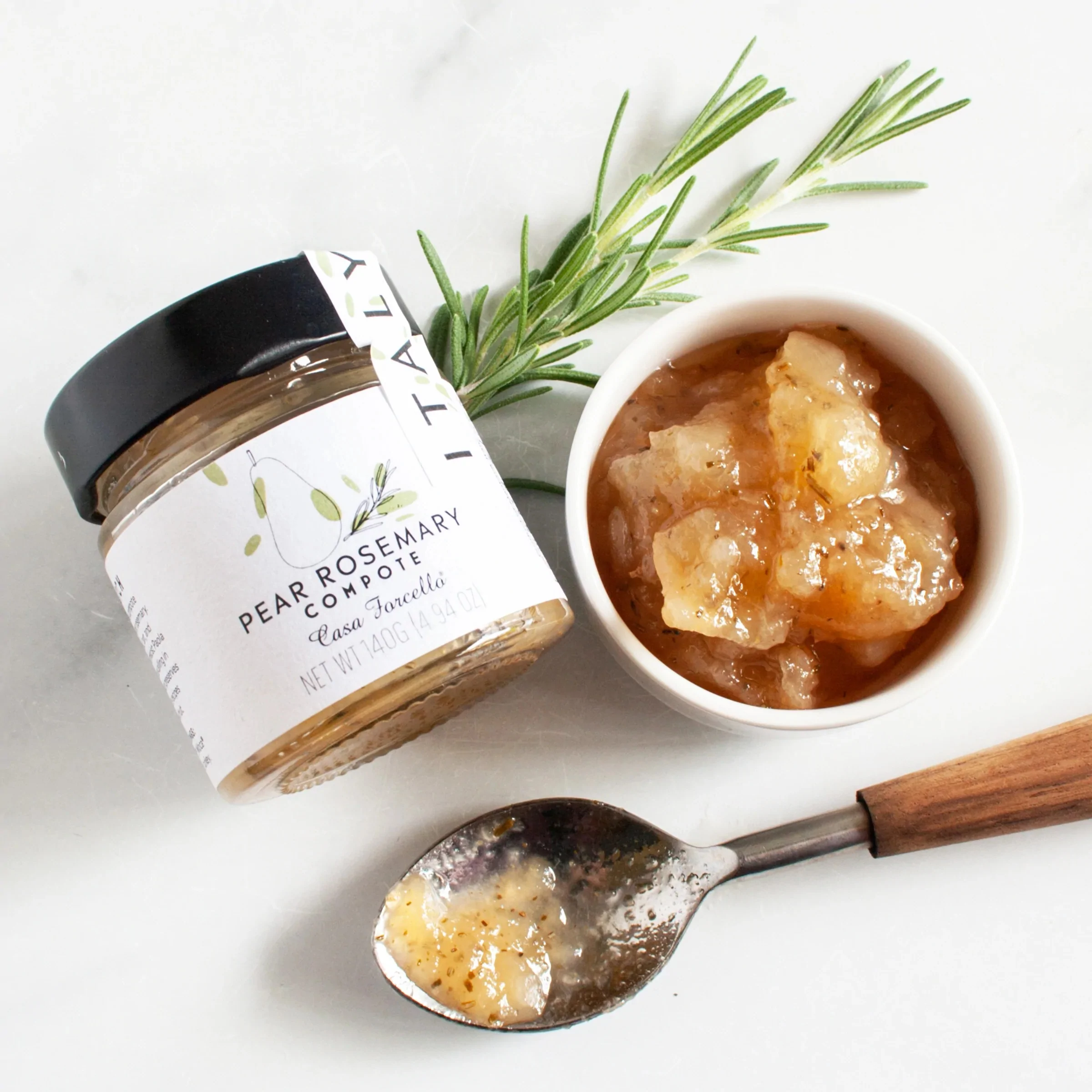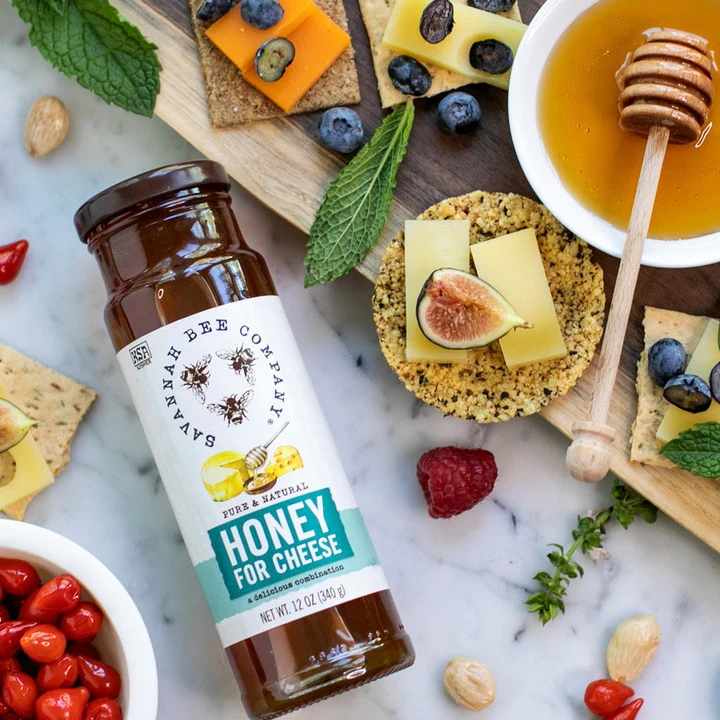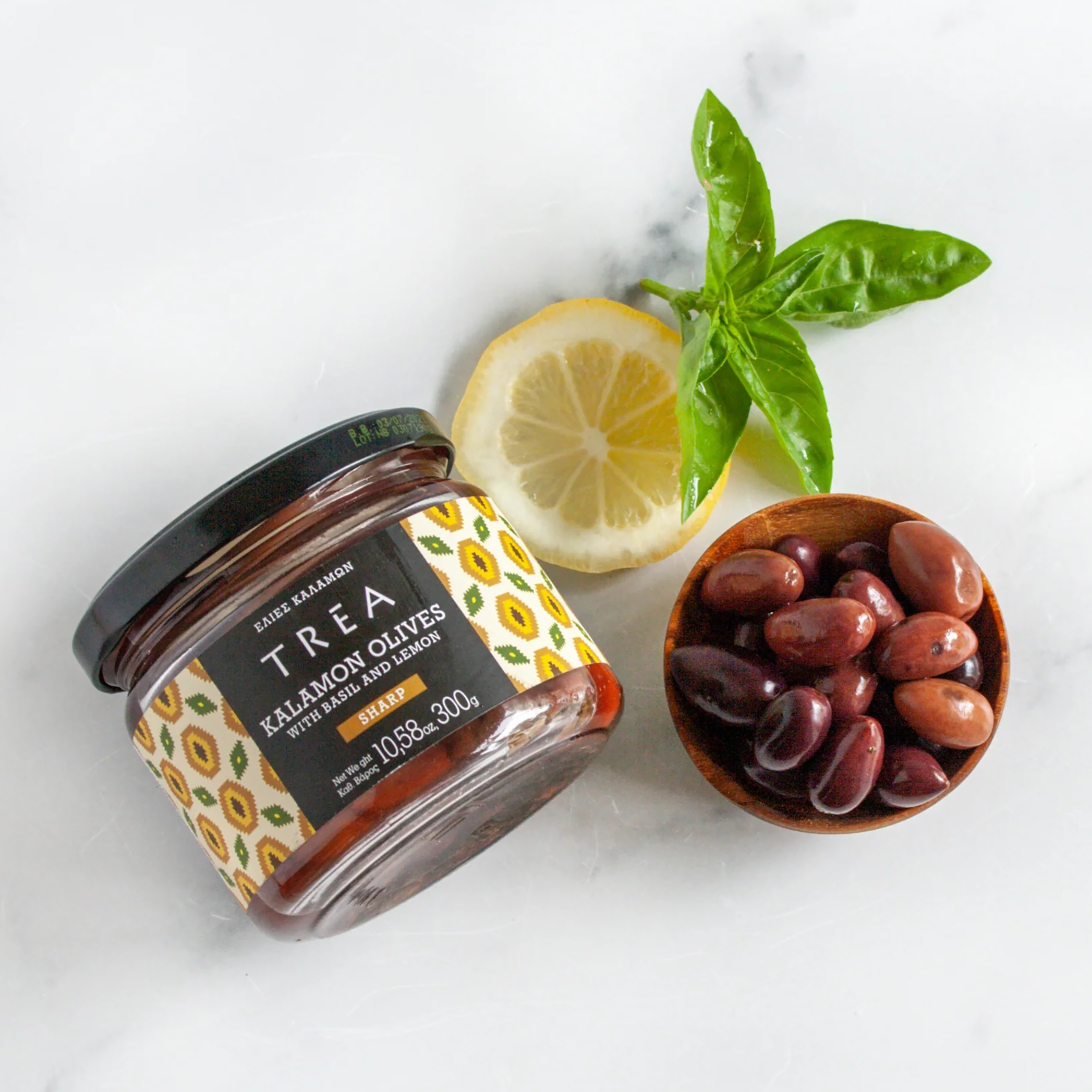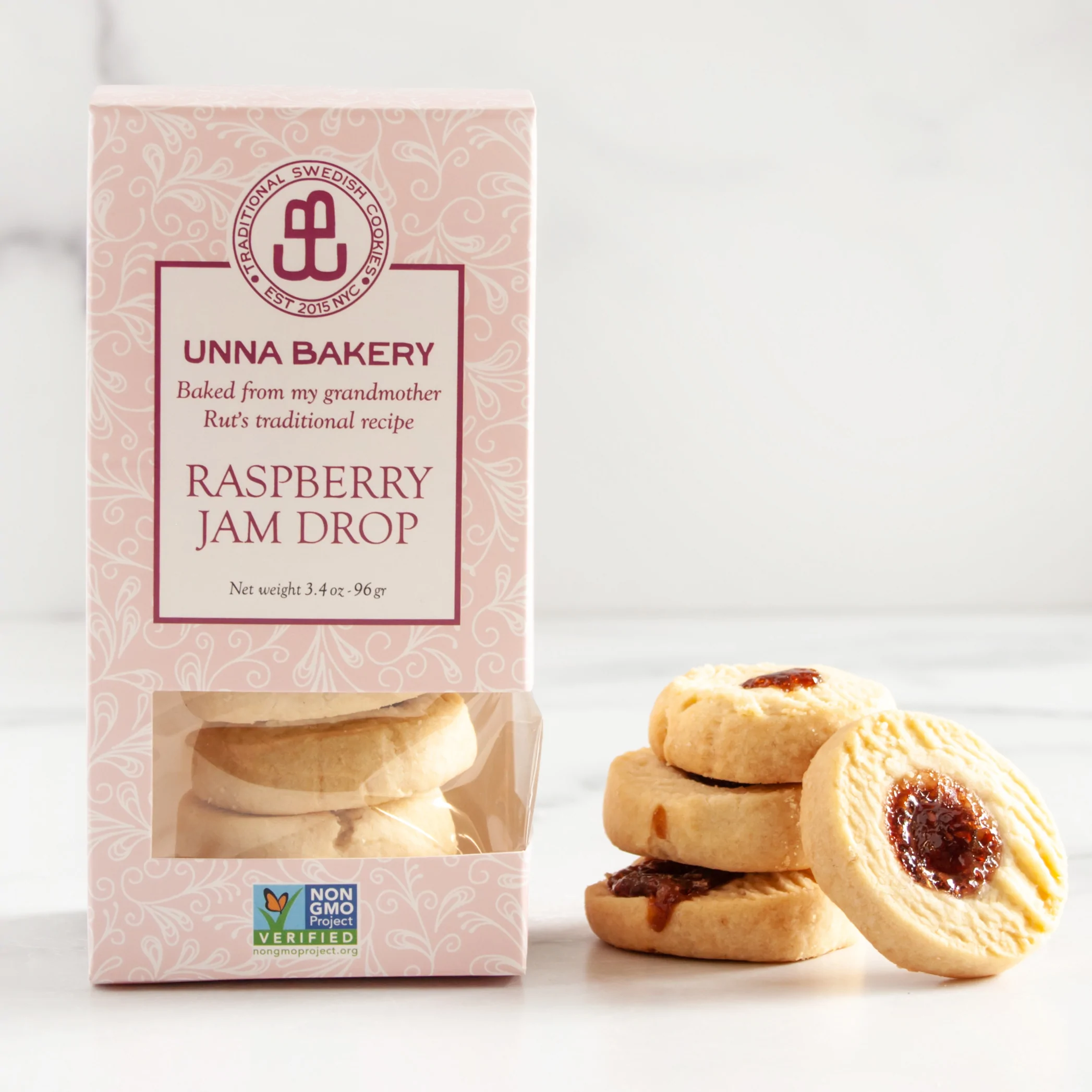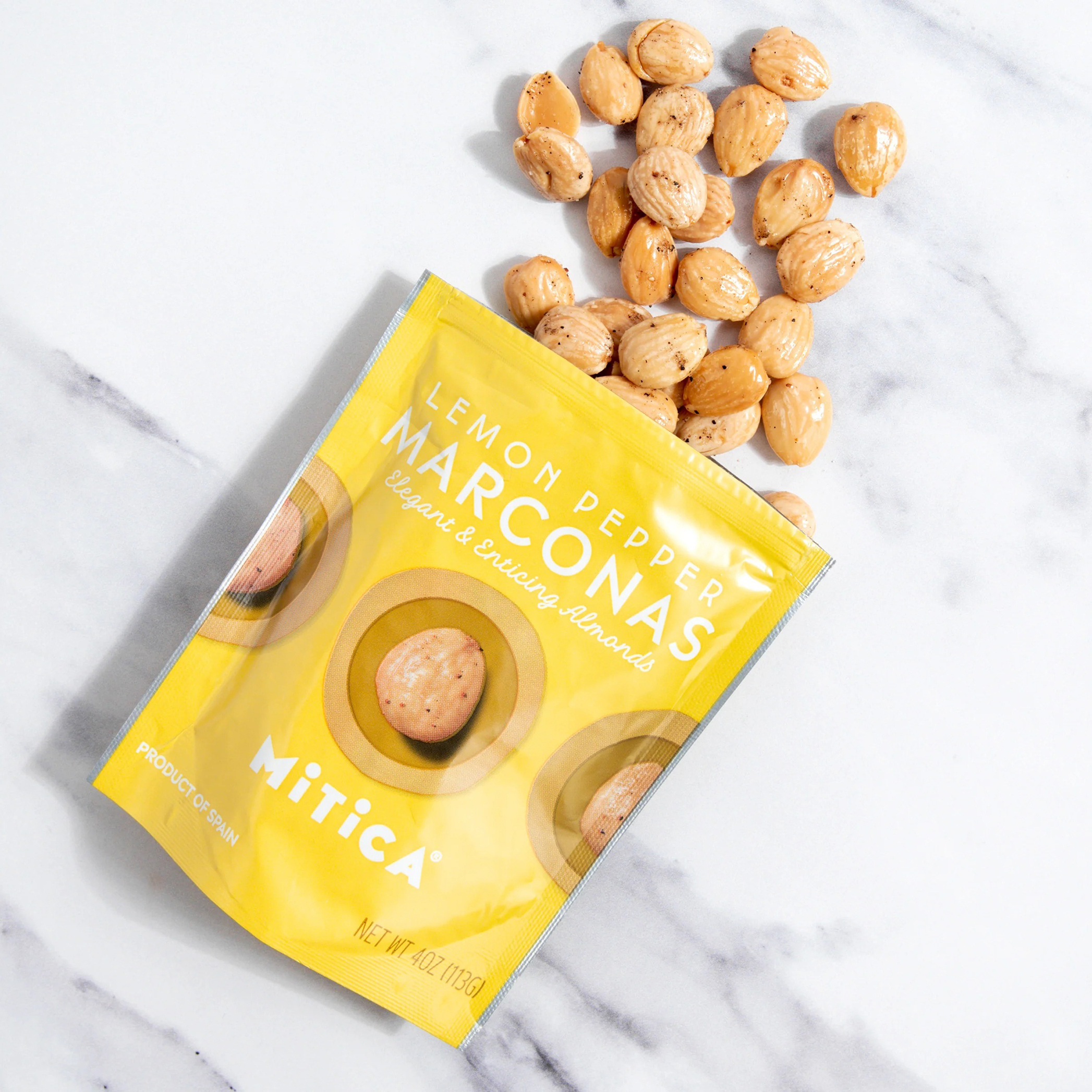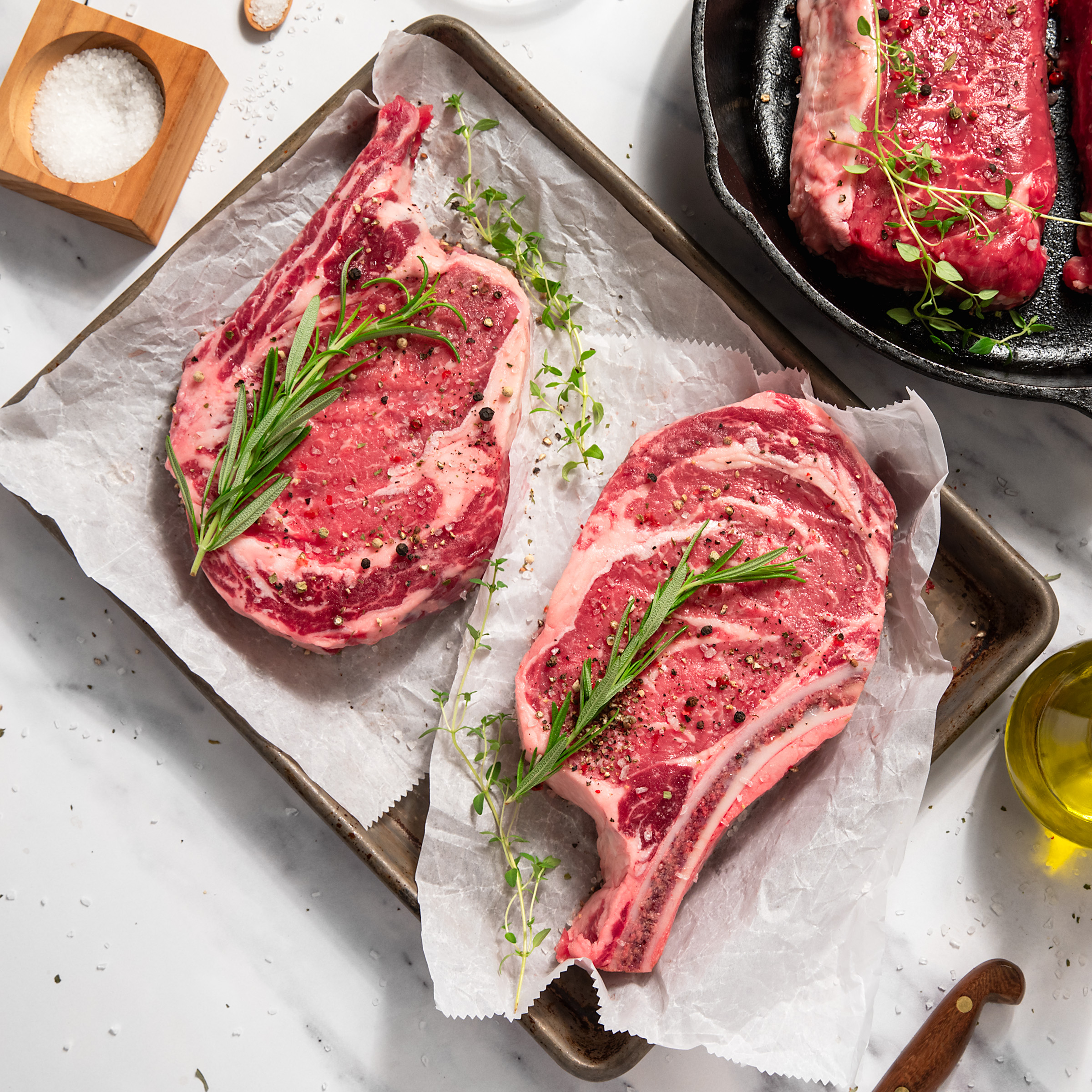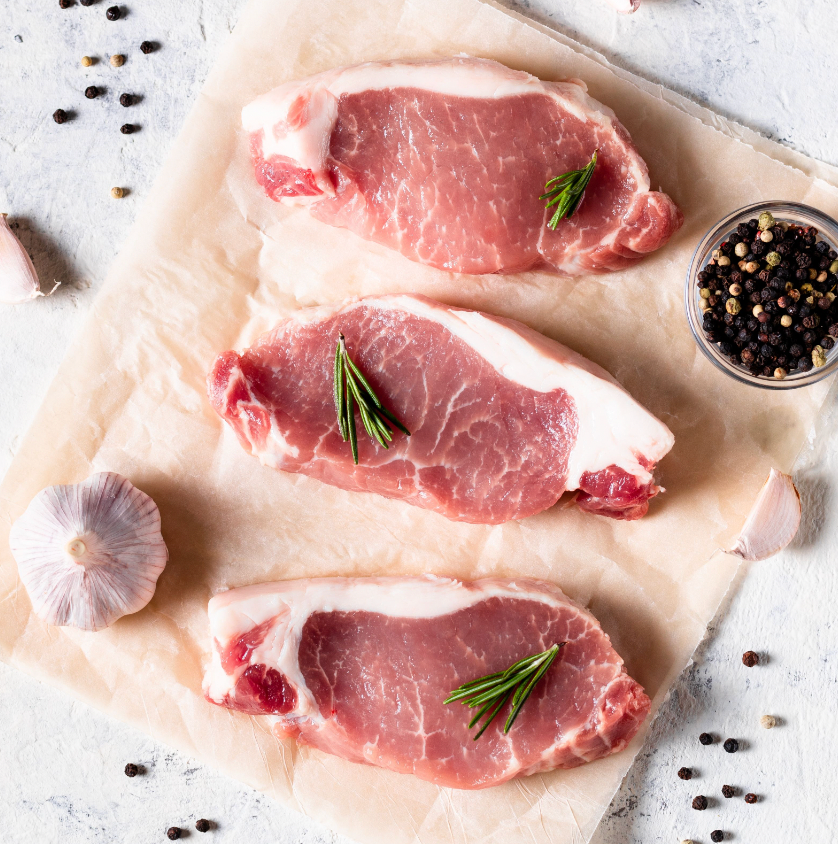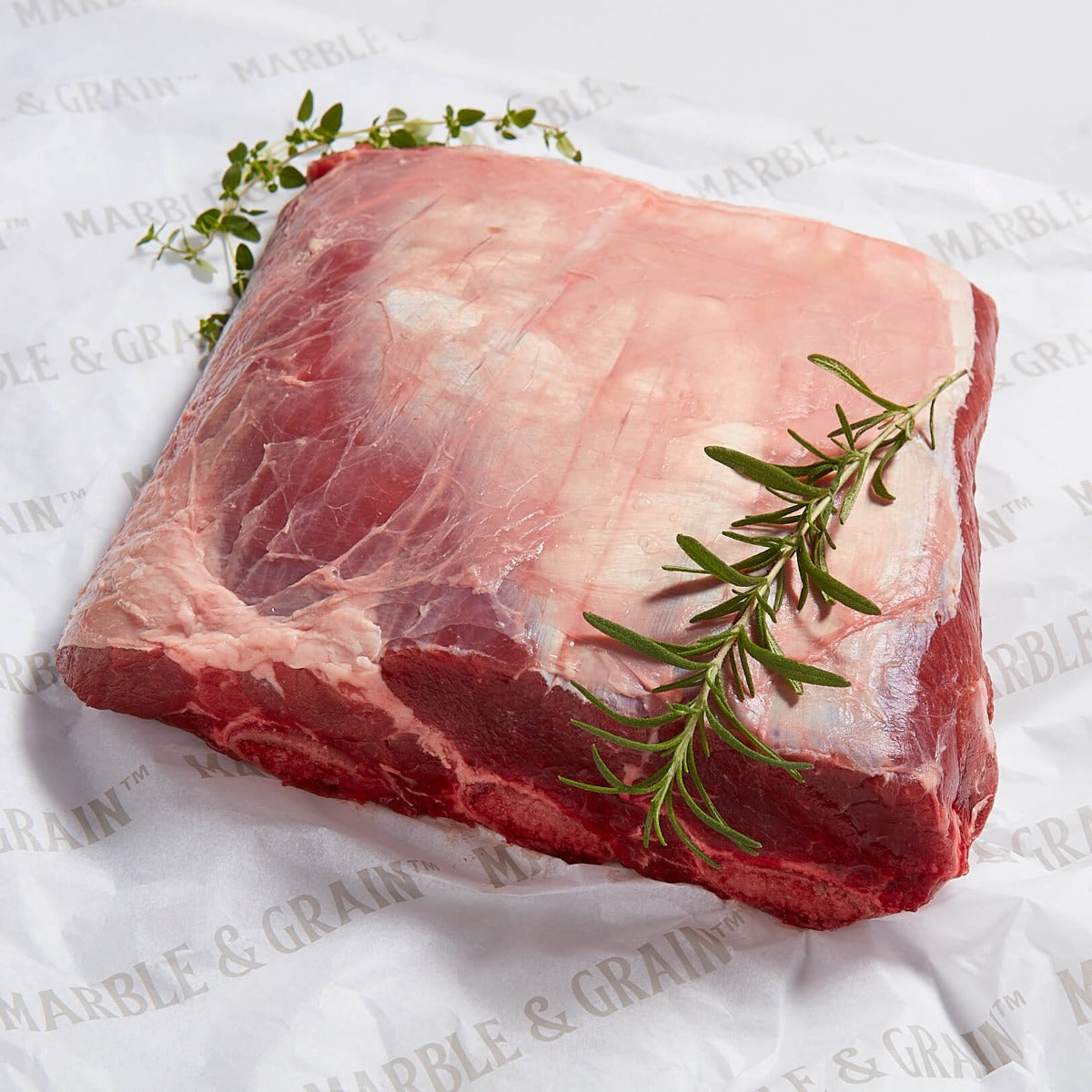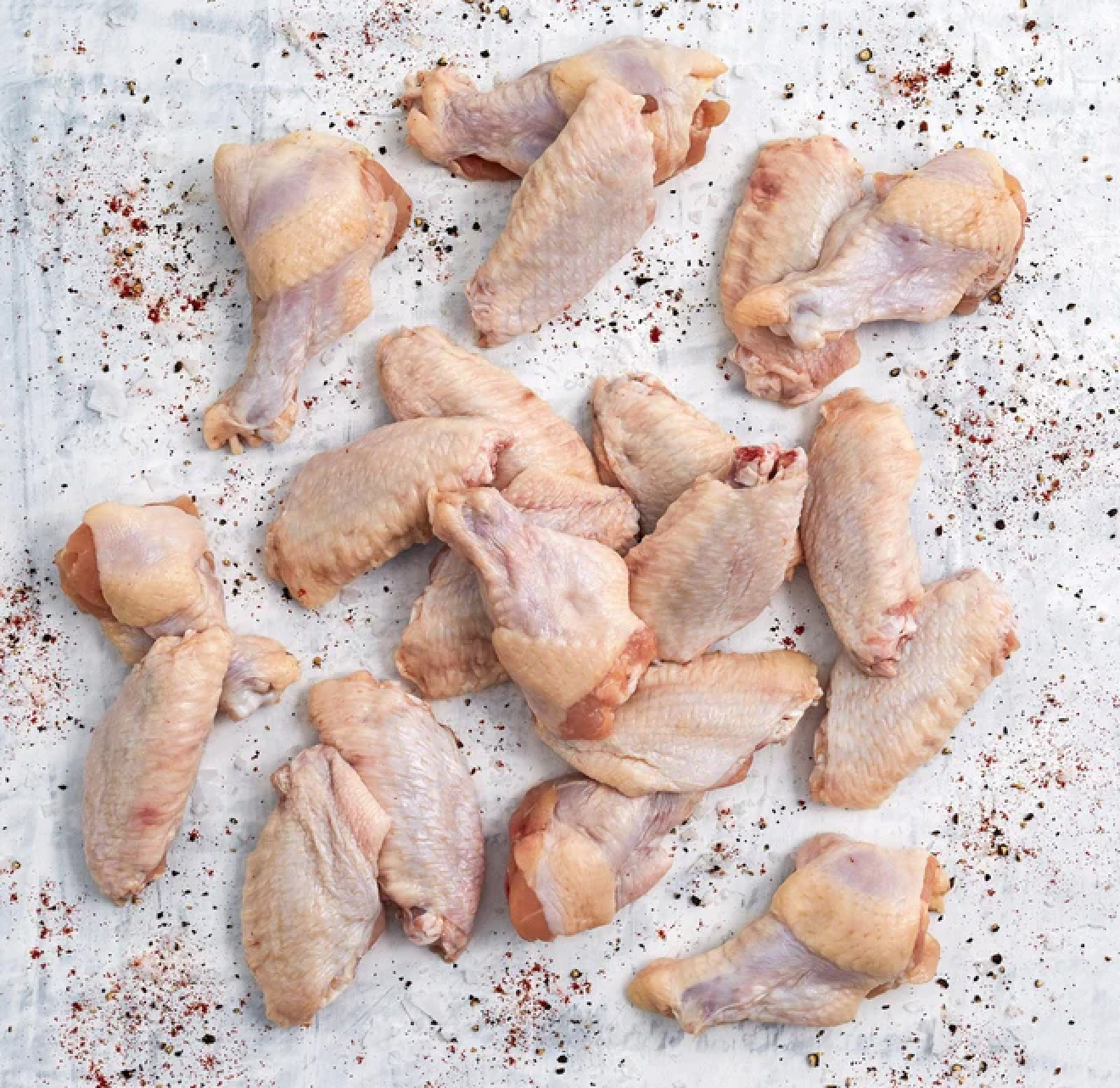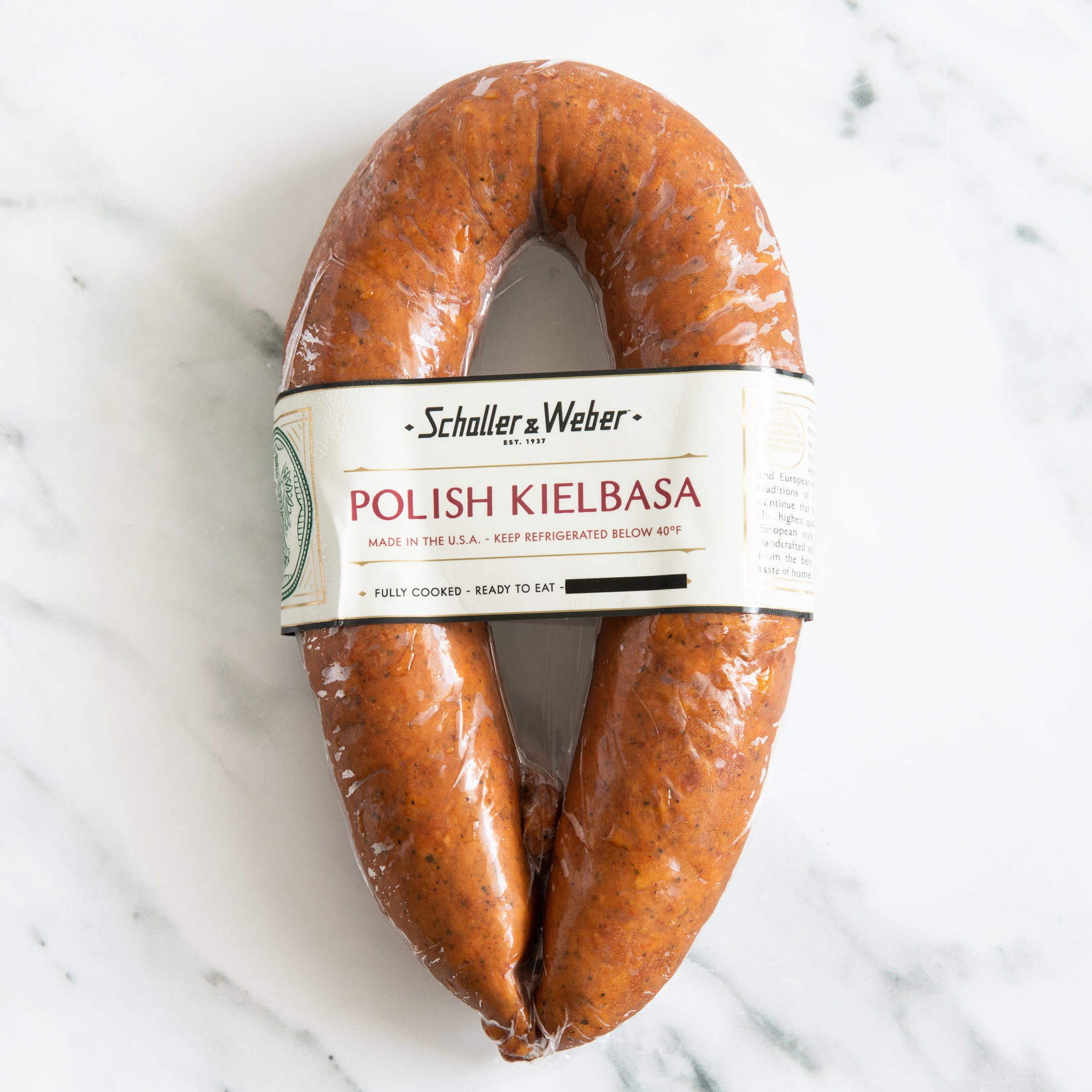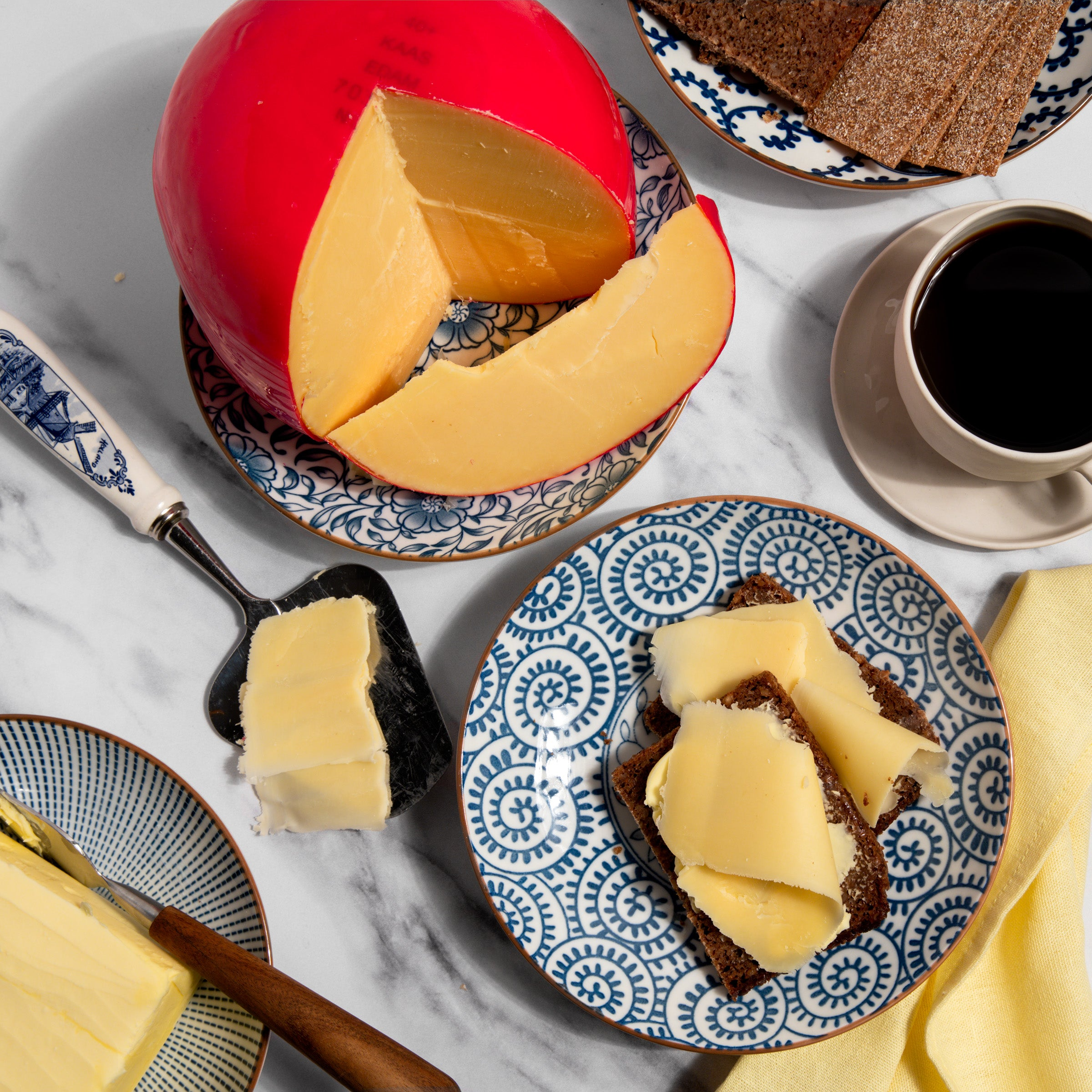Guide to Cheese Types
Quinoa - Gourmet Guide
June 12, 2019 | By Dave Mattingly
Quinoa, once considered the "Gold of the Incas" is the grain-like seed that is related to leafy green vegetables such as spinach and Swiss chard. Considered the “mother of all grains” by the Incas, Quinoa (pronounced "KEEN-wah"), was first cultivated as many as 9,000 years ago in the Andean regions of Peru, Chile and Bolivia in South America and was a prized crop along with potatoes and corn. Quinoa was grown at 10,000-20,000 feet and one of the few crops that survived at such high altitudes. Quinoa had the ability to weather the elements such as frost, intense sun and drought. Quinoa was also recognized for its many nutritional benefits, so much that Quinoa came to hold deep spiritual importance for the Incas. Quinoa became the focus of many religious ceremonies, as it was considered a sacred food and a gift from the Gods. When Spain invaded the Andes in the 1500s, they destroyed the Quinoa fields and forbade the practice of rituals that included Quinoa. Spain introduced wheat and barley to the Incas, but the Incas still grew Quinoa in higher altitudes and where they could hide it from the Spaniards and continued to consume it in small amounts. Interest in Quinoa waned until the 1970s when the US began to import it. While Quinoa is cultivated in Canada and the Colorado Rockies, most Quinoa that is imported to the US still comes from South America.
Quinoa has an oval shape and comes in many colors, including white, red and black, with white being the mildest in flavor and red and black being crunchier and nuttier. Organic Quinoa is a complete source of protein, offering the full spectrum of 9 essential amino acids. Organic Quinoa is not only high in protein but is also a good source of fiber, carbohydrates, fat, vitamins and minerals. Organic Quinoa is high in calcium, phosphorus, copper, magnesium and iron. Quinoa is also gluten-free, an excellent alternative to wheat, and makes digestion easy especially for those prone to food allergies. Quinoa's germ (the portion of the grain that sprouts and becomes a plant) that encloses its outer surface is larger than any other grain, and is the source of its high protein content. This germ is released when Quinoa is cooked and contributes to Quinoa's crunchy texture. Some believe that since Organic Quinoa has been able to thrive under such difficult growing environments while at the same time developing superb nutritional content, Quinoa may also help humans thrive in increasingly challenging environmental conditions.
Organic Quinoa has a coating on its surface called saponin which is bitter in flavor and protects it from birds and environmental damage. While most saponin is removed during processing, it is best to rinse Organic Quinoa under cold water prior to cooking to provide the sweetest and most delicate flavor of the grain. Organic Quinoa may be used in place of just about any rice dish, thanks to its light, chewy and nutty texture. Since it cooks so quickly, Organic Quinoa with fresh fruit and nuts is a nutritious and hearty hot breakfast cereal. Or try Organic Quinoa on its own with a touch of extra virgin olive oil and a splash of lemon. As the perfect accompaniment to any dinner dish, Organic Quinoa may be added to soups, stews, pilafs, stir-frys or casseroles. Try Organic Quinoa instead of rice in rice pudding, or add to muffins, breads, cookies or even pancakes.
To find the best gourmet foods and gift baskets online, begin your search at igourmet.com.

















